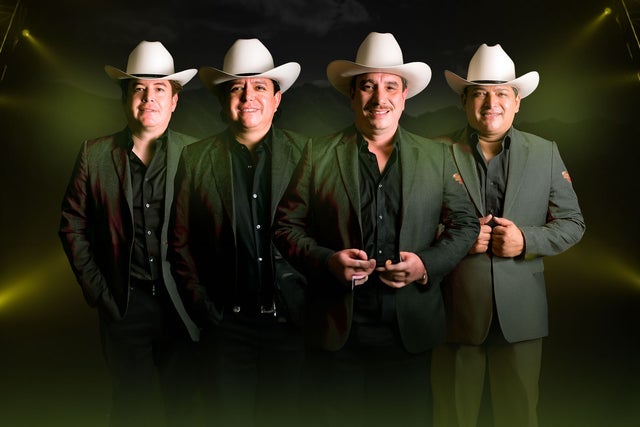
Horror movies: who doesn’t love the genre? My guess is the group of innocent people being portrayed as murderous heathens instead of people who need help.
Cinema and media have a gargantuan affect on social normalities as well as the way the public sees certain topics. So when did it become acceptable to paint individuals with mental illness as monsters who are to not be trusted?
There is no particular moment in history in which the perception of mental illness turned sour for the public. But there has actually been, for as long as mental illness has been recognized, a very large divide between people with mental illness and the rest of society. This has been caused mainly by a lack of understanding around mental illnesses, as well as negative reactions to mental illness by ignorant neurotypical individuals.
The Treatment of Mentally Ill Individuals Throughout Modern History
A look back in time shows that mental health was understood even less, and handled a lot less humanely. People with mental health issues have, in the past, been murdered and abandoned if the illness proved to be too big of a burden for the family to bare or if the family saw the individual as evil.
When people started to understand a little more about mental health, the public realized that a person who has mental health issues is not evil, possessed or just being a hopeless burden. This realization of mental illness being exactly that, an illness, sparked the desire to “fix” these people.
People who are not neurotypical used to be largely locked up in mental institutions, sent in hopes of being fixed… or being forgotten. Treatment for people in an unstable mental state wasn’t counseling, it was shock therapy, behavioral therapy or lobotomies. Thankfully, over time, the masses realized how cruel it was to treat patients with mental illness as inhumanely as they had been treated. The fight for protection of patients dealing with mental health issues has helped in terms of medical and judicial treatment for these people.
While there is much being done to protect these people, something that is lacking is public awareness that these people aren’t monsters. In fact, the media, particularly the movie industry, has used mental illness as a cheap explanation for someone’s evil doings, which only exacerbates the issue of the perception of the severity and danger of said illness.
This addition of mental illness being used as the ultimate twist or story arch has not only strengthened the divide, but has caused a bigger rift in our society. The mentally ill are now treated as a danger and a threat, just because of their existence.
This mal-portrayal is not just a backwards step in social progression for the acceptance of people with mental illness, but it is actually dangerous for them. This vision of them painted by the media perpetuates the erroneous stereotype of them being dangerous people, which makes getting help harder for the individuals who are being actively stigmatized.
You can’t attempt to understand someone if you’re afraid of them. It leaves a level of caution that prohibits the full understanding of the other person. This widespread fear, mainly of disorders like schizophrenia and split personality disorder, leaves the public with at least a small amount of fear and resentment towards these people – leaving them more susceptible to victimization. You’re less likely to help someone who needs it if you fear that helping them is putting you in danger.
Sadly, for reasons like these, the “psycho killer” in the movies is actually more likely to be the victim.
One of the films that perfectly perpetuated this mal-portrayal of mental illness is Psycho. The premise of this film is that the mother of this lowly motel manager, Norman Bates, is abusive and murderous. In the last ten minutes, the movie wraps up the story by revealing that the Bates’ mother was actually dead the entire time and that he had a mental illness that caused him to develop her as a second personality.
This second personality takes control of his mind and body causing him to be murderous. This quick wrap up of the film makes it very obvious that the mental illness is what causes him to be evil and dangerous. What this swift shift of blame does is cause mental illness to be associated with the danger of a killer, which only furthers the problem of the lack of care for people dealing with some form of mental illness. Sadly, what this movie did was set a precedent for using mental health as a plot twist for why someone is committing atrocities, which continues this cycle of vilification and victimization.
For those people who don’t suffer from mental illness, but who don’t know where to look to find out more about the realities of living with it, more information is just a click away.
There is a particularly helpful YouTube account called “Special Books by Special Kids,” that interviews people with a plethora of illnesses, not all mental, but all important to get educated on. The interviews are set up in a calm area where the interviewees can help to educate and raise awareness around their specific issue.
So, instead of judging people who are just different than you, educate yourself. Learn from what you research, and actually get to know someone with a mental illness, don’t just trust what you see on TV. What you’ll almost always find is a person who may be different from you, but who is still a person worthy of respect.


